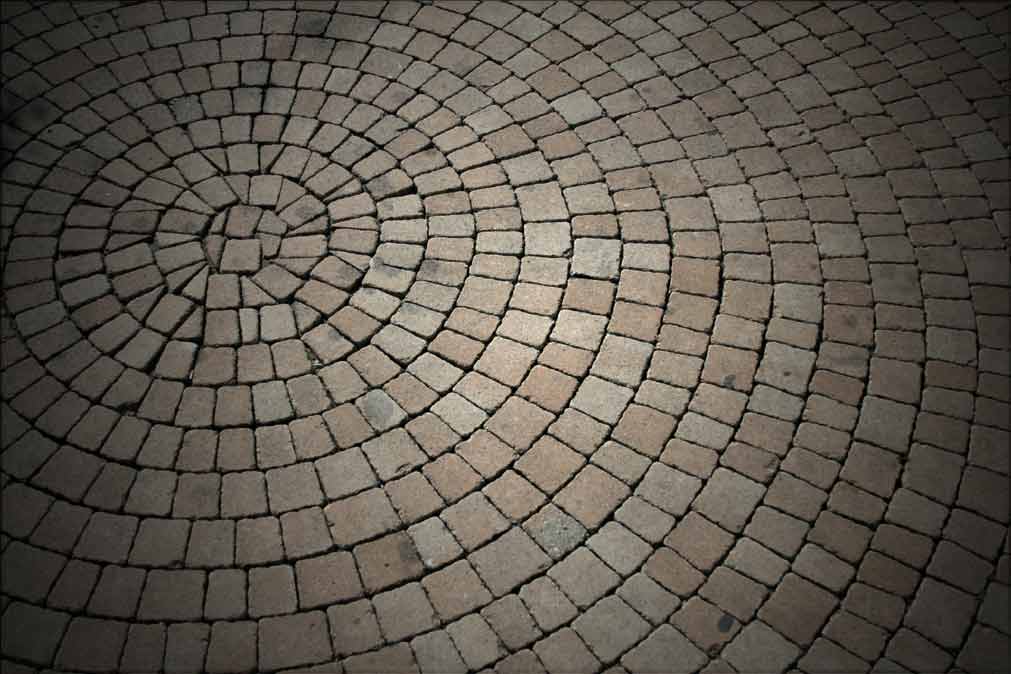12.13.2011
Why the differences in wine bottles? I found a blogger who can easily tell you!
Posted in News
by Tammi Ramsey
Good Morning,
Today I am copying a blog I read all the time and sharing it with you! I know it is cheating to not give you my totally original thoughts, but I am on the couch with my inhaler fighting a bout with asthma and I just need another day before I will be able to breath a little easier.
This blog post is written by Darren Williger and I read him often, he is a WAY better writer than I am and I found this blog packed full of information about the differences between wine bottles. I hope you enjoy, see you tomorrow!
Much LOVE and wine,
Tammi
Wine is a very sensitive beverage which gets easily affected by temperature, lights, vibrations, and oxygen among others. Ordinarily speaking, one can use any type of bottle to bottle his/her wine as long as it can be sealed well (some inset a thin layer of nitrogen before sealing it to prevent any chance of oxygen reaching the wine and oxidizing it) and at the same time protect the wine from direct sunlight.
Easy identification of wine type and place of manufacture
All wine bottles are made of glass. Wines, such as Champagne are fermented in the same bottle they are sold in, while most other types are bottled after the fermentations process has totally stopped. Most of the times the wine is bottled in a certain type of bottle for two main reasons – (i) to identify the area from where it comes (manufacturers, vineyard, country, etc), (ii) type of wine.
In the early days wine was stored in wooden kegs. After a while it became fashionable to have wine in large amphorae. Then, with the advent of the popularity of wine and its transport throughout the world, it became commonly stored in glass bottles. These bottles are usually thick, dimpled at the bottom and dark in color. Thick because it should break during travel/ transport; dimpled at the bottom so it can have better stability and easier for stacking while transporting; lastly dark in color to prevent the access of direct sunlight which can destroy the wine within the glass.
Today, the wine bottles are normally of 750 ml and the shape of the bottles in which they are stored usually denote the type of wine and many times the place from where it is produced. This article will attempt to describe a few of the most popular wine bottles below:
Bordeaux – this bottle is usually tall with a small neck, light green in color. You will find this type of wine bottle in Italy, Spain, and in parts of the Northern Europe for bottling Bordeaux wines.
Burgundy – this type of bottle has slopping shoulders making it elegant and longish. The bottle is green too and also has a large dimple at the bottom. This bottle is mostly used for Chardonnay and Pinot Noir.
Rhone – this bottle is much thinner than the burgundy one, but similar in shape otherwise.
Champagne – this bottle has very gentle sloping shoulders, is taller than any other bottle, thicker and has a deep dimple at the bottom. This particular shape is to protect the wine within, which ferments after being put in the bottle, and also prevents the bottle from breakage.
Rhine – this bottle usually comes in brown color, though they have green bottles too.
There is actually no real rules. The types of bottles have been adopted as a tradition rather than any other reason. There are places where the bottles of wine have been thus for hundreds of years. The main concern for wine bottles, remain to protect the wine. Hence, most of the bottles are thick, dark and longish. All these three attributes help in keeping the wine as healthy as can be till it is drank.





